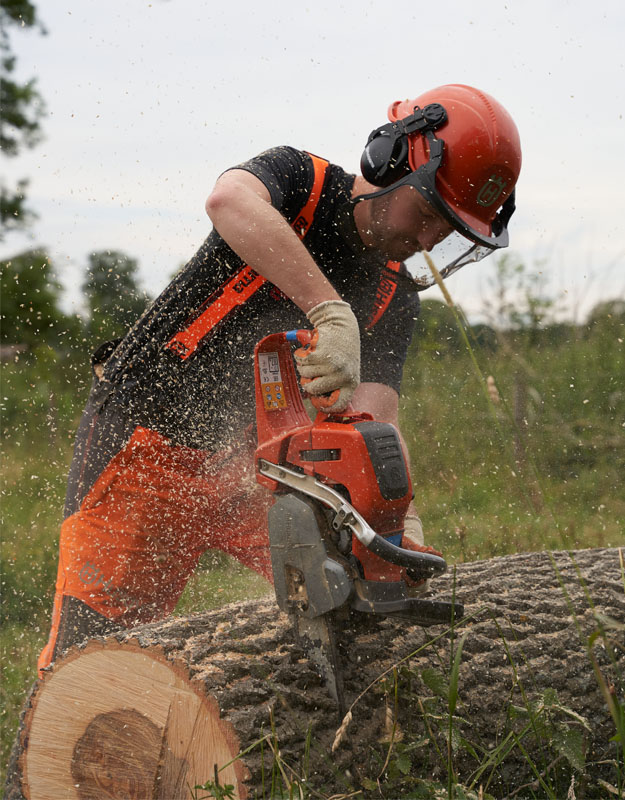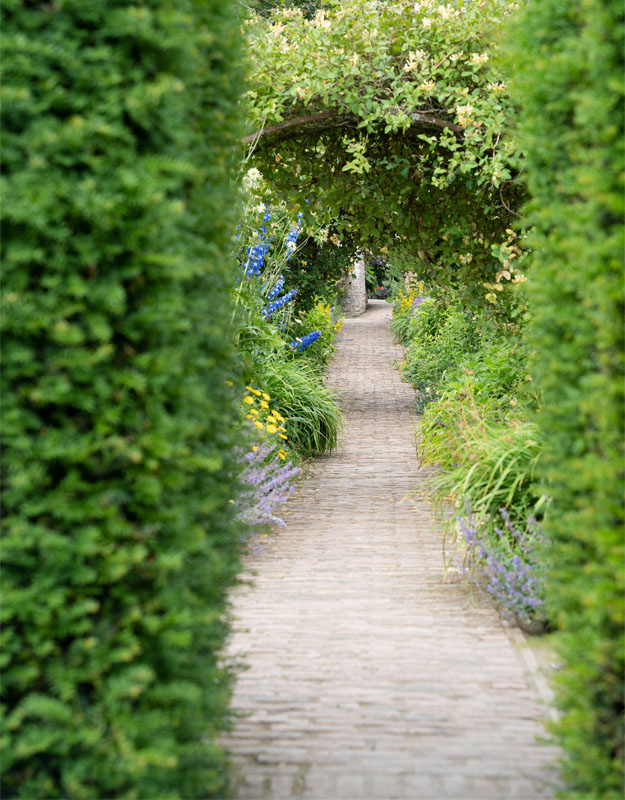- Aug 4, 2022
Meet the National Trust Rangers
Meet the National Trust Rangers
As part of our partnership with the National Trust to help fund the efforts to recover from the effects of Storm Arwen in the North East, we caught up with some of the rangers at Wallington and the historic landmark Hadrian’s Wall to find out more.
Discover more about these well-known Northeast beauty spots and take a glimpse into the life of a National Trust ranger in our interview with Luke from Hadrian’s Wall and Dan, Charlotte, Rosie and Nick from Wallington.


Tell us about your average day as a Ranger.
Luke: Well one of the nice things is there is no average day as a ranger out here on Hadrian’s Wall. Sometimes depending on what the weather has been like we have to check the trees for storm damage, we might be out here repairing sections of dry-stone wall, fixing gates, surveying bogs for different plant species. So, it’s a fantastic job because we are doing different things every day.
Dan: As National Trust Ranger we do a bit of everything. Typical day starts with doing play-ground checks, getting the estate ready to open up for visitors, a lot of nature surveys in the different habitats that we’ve got. But we are also doing lots of Storm Arwen work so chainsawing up any trees that have fallen over, fixing fences or any boundary walls across the whole estate.
Charlotte: I love that my work here is so varied you’re never doing the same thing over and over again. I love the fact that I am making a difference, I am contributing to the next generation for the environment as well. I love interacting with people to explain and maybe inspire the next generation. My office window changes every day, and the view is always stunning.
Nick: So, a typical day could look like a lot of things really, we usually start off the day with a load of plans that don’t get done because a tree might fall somewhere or we need to quickly fix a fence, so it can look like a lot of different things. We do a lot of conservation so habitat management, countryside management, boundary repairs, dry-stone walling, fencing, looking after endangered species, like the white-clawed crayfish, and doing our best to deal with non-native species. As well as this woodland management is a huge part of what we do, planting trees that need to be planted and felling trees that need to be felled.
What is your favourite thing about being a ranger?
Nick: My favourite thing about being a ranger is probably getting to spend every day outdoors in amazing places and getting to see amazing things. Coming into work and feeling like you’ll be making a difference every single day, there’s an awful lot of job satisfaction.
Luke: One of my favourite things about being a ranger is that I get to see bits of nature that no one else does. I might be trying to improve our biodiversity by walking up a river valley, taking out Himalayan balsam to allow restoration for our native species or I might be scrambling up a bank to look for signs of the impact that deer are having on our native species as well.




Why is environmental conservation so important?
Nick: It is important for a huge number of reasons, especially recently with the bad storms we had towards the end of last year, we lost a lot of trees, we lost entire woodland blocks and we lost veteran trees that were 2/300 years old. So, it is important when we partner up with people like Barbour who are willing to help us plant trees. We are replacing some of the bigger blocks of Pine and Spruce that we’ve lost with native species so that helps native species to thrive and places for people to enjoy years to come.
Charlotte: In the 20th century there was a realization that nature helps mankind through things like eco-system services and also just for mental wellbeing. So, Wallington is a 13,500-acre estate so that’s a massive biodiversity across the estate and that’s what we as rangers do, we protect, we enhance and restore.
Luke: Because we want to protect and restore our native species, not just for their sake but also so we can all go out and see them, and still enjoy it and that might be tree planting along Hadrian’s wall to improve the habitat for our native red squirrels, or it might be coppicing hazel for hazel dormice down at Allen Banks obviously it creates very different habitats that are more enjoyable for people to go and enjoy.
What steps can we take to improve our environment when out and about?
Luke: One of the most important things is to take your litter home with you, especially dog bags, another thing is to keep your dogs on a lead when there is livestock around (but if approached by cattle, the safest thing to do is let your dog go, and call them back when safe to do so) and just take care where you’re walking on the foot paths. Places like Hadrian’s wall, it’s nearly 2,000 years old, so if people walk on the wall it’s going to cause it to deteriorate a lot faster.
Dan: Leave no trace when you go out, take your litter home with you and if there is anything you see pick it up and take it with you. Stick to paths, don’t try and walk in any habitats as you may disturb wildlife. Anything you do see make a note of it and tell someone as working in nature conservation it does really help to know all of these extra bits of information from the public.
Charlotte: The most important one is leave only footprints and take only memory. If everyone starts to pick at bits of nature that’s when nature starts to get destroyed. Maybe think of alternative transport to get to different places, so don’t always jump in your car, could you take the train, get the bus or even cycle. See what is on your local doorstep, what community events are going on to help you really engage with nature.




Do you have any tips for getting out and about this summer?
Rosie: Just get out there, anywhere. Nature and wildlife can be found anywhere in the places you wouldn’t even think of finding it. Just get out there, see what you can see, try and identify what you can see, birds, trees, plants anything.
Luke: Just look at where you can get to, for Hadrian’s wall especially there are good transport links. When you’re out and about make sure you take sun cream, even on overcast days and windy days you can be surprised at how quickly you can burn. Make sure you have got water, plan your route and take a map and be respectful of the countryside while you’re in it.
Can you tell us a fun fact about Hadrian’s Wall?
Luke: This year is the 1900th anniversary of Hadrian’s Wall from when it started to be built in 122AD! To celebrate that lots of places along the wall are doing different events. So, at Housesteads Roman Fort there is going to be an art exhibit which is basically going to be some amazing, outstanding, huge fort gates with painted art all over it, it’s going to look really amazing.
Can you tell us a fun fact about Wallington?
Nick: We have recently had a feasibility study completed to introduce Beavers onto the estate, which is really, really exciting to introduce a native species that has been extinct in this country for a long time and is slowly starting to be reintroduced in other places. So, we are in the early stages of that happening which is really exciting.
Charlotte: During the Jacobean period the Fenwicks here, the original landowners, had a horse confiscated from them called White Sorrel which just so happened to be the horse that King William of Orange was riding at Hampton Court when he tripped over the mole hill and died from his injuries from falling off his horse. So that is where the toast comes from ‘To a little wee gentleman in a velvet jacket’.
Discover more about our partnership with the National Trust here.









